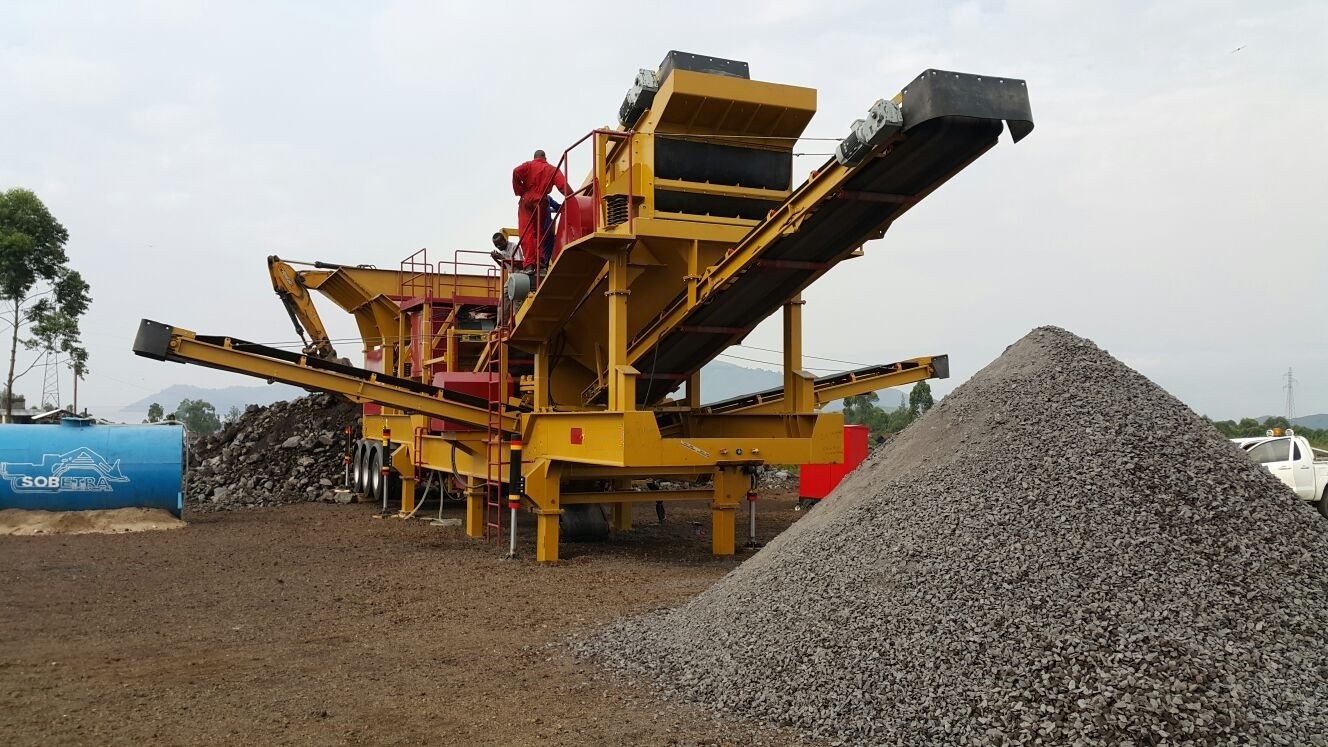Production of Next-Generation Portable Limestone Crushing and Screening Plants
Next-generation portable limestone crushing and screening plants are industrial systems widely used in sectors such as mining, infrastructure, concrete production, and road construction. These mobile plants allow on-site processing of raw materials, reducing logistics costs and enhancing operational efficiency. By eliminating the limitations of traditional stationary crushing systems, they provide a more flexible and efficient production model.
Technical Components and System Design
Modern portable plants consist of several core components:
-
Primary crusher: Usually a jaw crusher or impact crusher, it breaks down large limestone blocks in the first crushing stage.
-
Secondary crusher: Cone crushers or vertical shaft impact crushers (VSI) are used to further reduce material size.
-
Vibrating screens: Used to classify materials by size for desired aggregate specifications.
-
Feed hoppers and vibrating feeders: Ensure consistent and controlled material flow into the system.
-
Conveyor belt systems: Transport crushed and screened materials to different stockpile locations.
-
Mobile chassis: Designed for transport via truck or trailer. Both wheeled and tracked systems are available.
Energy Efficiency and Environmental Compliance
Modern plants are equipped with diesel-electric hybrid power systems, enabling operation both off-grid and via generator backup. Additional features include:
-
Fully electric versions, compatible with renewable energy sources.
-
Dust suppression systems (via water misting or filters), minimizing environmental impact.
-
Noise insulation, allowing use in urban or sensitive environments.
Automation, Remote Monitoring, and Industry 4.0 Integration
Next-generation systems incorporate PLC-controlled automation software, enabling:
-
Real-time monitoring of production metrics,
-
Predictive maintenance and fault diagnostics,
-
Remote operation and supervision via mobile devices or control centers.
Some models integrate AI-based analytics to optimize output and resource efficiency.
Performance and Capacity
Depending on configuration, production capacities range between 100 to 500 tons per hour. Based on the crushers and screens selected:
-
Fine materials can be increased or minimized,
-
Multiple end-products can be produced on a single line (e.g., concrete aggregate, road base, construction sand).
Application Areas
-
Quarries and mining operations
-
Infrastructure projects (roads, dams, railways)
-
Concrete batching and asphalt plants
-
Construction and demolition waste recycling
Conclusion
Next-generation portable limestone crushing and screening plants provide modern, environmentally friendly, and cost-effective solutions for today’s dynamic mining and construction industries. Their mobility and on-site processing capabilities reduce time and financial losses, while automation and flexibility elevate operational excellence. These systems are key to transitioning toward a more sustainable and smart industrial future.
 English
English
 Le français
Le français
 Türkçe
Türkçe

